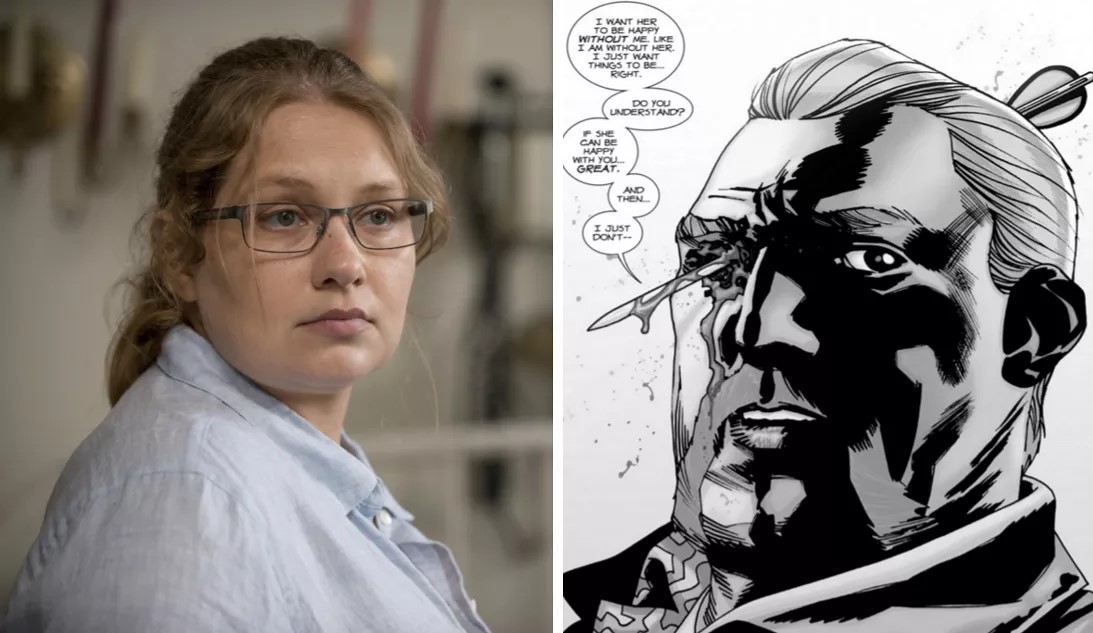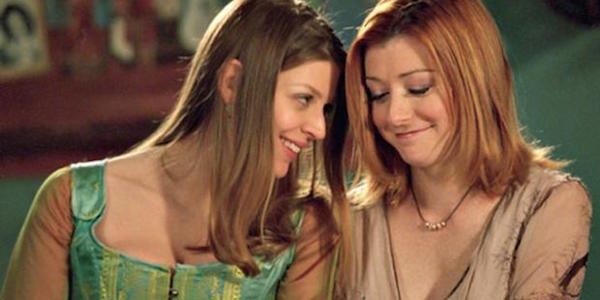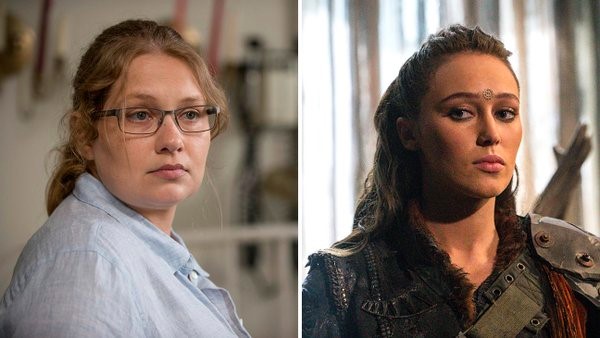For years, television fans and members of the LGBT community have been fighting against one of TV’s most pervasive tropes – “Bury Your Gays.” Simply put, gay characters – especially those in relationships – are not allowed to live happily ever after in television shows. Often, when a television show or movie introduces a gay character, that character is killed off or otherwise hidden from the audience in order for the show to praise its own diversity and inclusion, but not fully explore gay characters; instead, these characters become fodder for tragedy and other characters’ development. This trope takes on a new form in the Dead Lesbian Syndrome, also called “Hide Your Lesbians.” In these cases, as Caroline Framke writes for Vox, “Queer women are all too used to seeing themselves killed off on television. For decades, gay and bisexual characters have met a series of unfortunate ends, usually in service of moving the plot forward, crushing the spirits of the partners they leave behind, or just making a straight person feel bad.”
There are a few arguments commonly given in defense shows that do this. For example, fans and critics may argue that some shows have made a reputation for themselves that anyone can die at any time and that no one character is safe. Decisions to kill off characters can also be the result of behind-the-scenes negotiations. Some may argue that an LGBT character shouldn’t automatically be spared because of the show’s social responsibility for equal representation. However, television does not exist in a vacuum, and as a medium for entertainment that frequently uses social commentary to advance plots and draw in viewers, television shows and creators do have a responsibility to acknowledge the current social climate and address offensive missteps. After all, if it were not for this responsibility, television shows would still allow white people to perform in blackface and appropriate many other cultural stereotypes for the sake of the story.
Spoiler alert for Buffy the Vampire Slayer, The 100, and The Walking Dead.

This dangerous trope is not a new one; in fact, it has been a part of television for decades. However, in the past few weeks, some of the most popular prime time TV shows have killed off gay and bisexual women in ways loaded with Bury Your Gays context. In “Twice As Far,” episode 14 of the current season of The Walking Dead, Denise (Merritt Wever) was killed by an arrow through the eye just after establishing a sympathetic storyline and attempting to remind the straight people on the show that cynicism in the zombie apocalypse is tired and overdone. What makes this death worse is that in the original comics, it is Abraham (Michael Cudlitz) – a straight white man – who dies by the arrow in the eye in the middle of a monologue, rather than one half of the show’s only lesbian couple. It is also worth noting that the character who kills Denise then tells Daryl Dixon (Norman Reedus), “I wasn’t even aiming for her,” proving that her death was an accident meant to hurt Daryl, another straight white guy, and further his plot and character development.
Perhaps more upsetting for TV fans was the death of Lexa (Alycia Debnam-Carey) in the episode “Thirteen” of The 100. Not only was Lexa a strong female leader in a position of power, but she was also the love interest of the main character, Clarke Griffin (Eliza Taylor). Since it first aired in 2014, The 100 has prided itself on being a casually inclusive show, placing LGBT characters, people of color, and women in lead/powerful roles without drawing obscene amounts of attention to these facts; they have been portrayed as normal characters, not just tokens or stereotypes. The creators of The 100 have also been accused of “queerbaiting,” meaning that they touted and promoted Clarke and Lexa’s fluid sexualities and their subsequent relationship without any intention of following through with the actual relationship.

Also, the circumstances of Lexa’s death were troublesome at best. In the scene before Lexa is shot, she and Clarke finally act upon their feelings and reconcile their relationship, only to have Lexa die in the very next scene. This instance particularly resonated with LGBT female viewers, many of whom remember a similar occurrence in Buffy the Vampire Slayer, in which Tara (Amber Benson) was accidentally shot moments after reconciling with Willow (Alyson Hannigan), which served only to motivate Willow to go on to be the Big Bad that season. The sequence of these events evokes a sense of punishment for the women for reconciling their lesbian relationships, which is obviously quite damaging for LGBT female audiences, as evidenced by their incensed reaction to the recent death of Lexa from The 100.

So what does this all mean? Should TV showrunners avoid killing off gay characters, particularly gay women? Not necessarily. All of the aforementioned shows exist in a universe where death is the norm, so killing off characters is necessary. It is possible to say goodbye to a gay female character without killing her and without playing into the trope. However, TV shows do owe their audiences a certain amount of respect, especially considering that ratings and viewership are what keep prime time television shows afloat. Aside from that, though, television – and other entertainment vehicles – exists as a medium through which people can understand and observe human nature. It is therefore natural to assume that people glean social attitudes through the programs that they watch every week. So whether or not TV shows want to admit that they have social responsibility, they are accountable to their audiences and to their fans, and in that way are responsible for the content that they are putting out into the zeitgeist. Since TV shows depend on their chosen demographic, they owe it to those audiences to show representation and respect.
